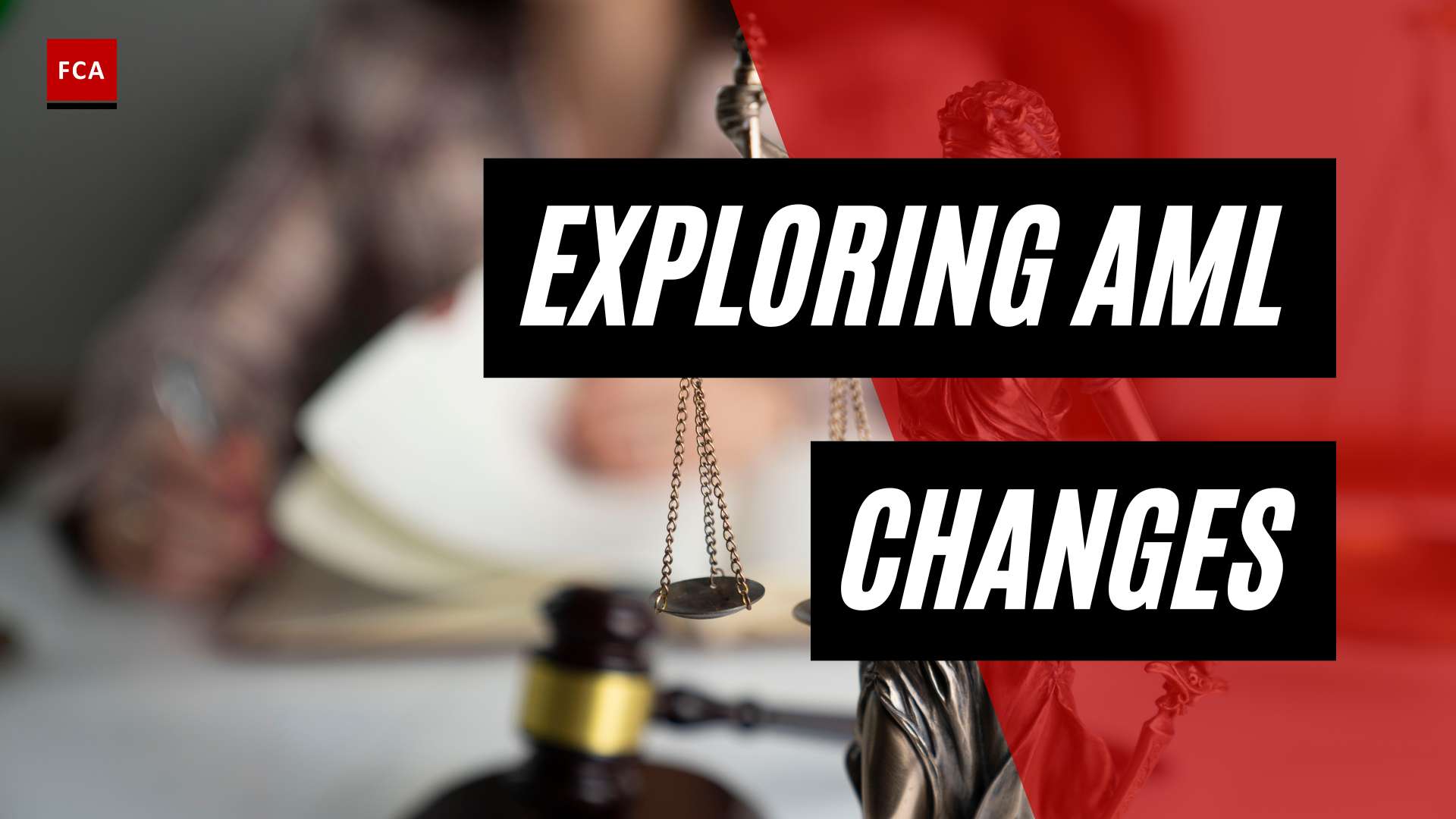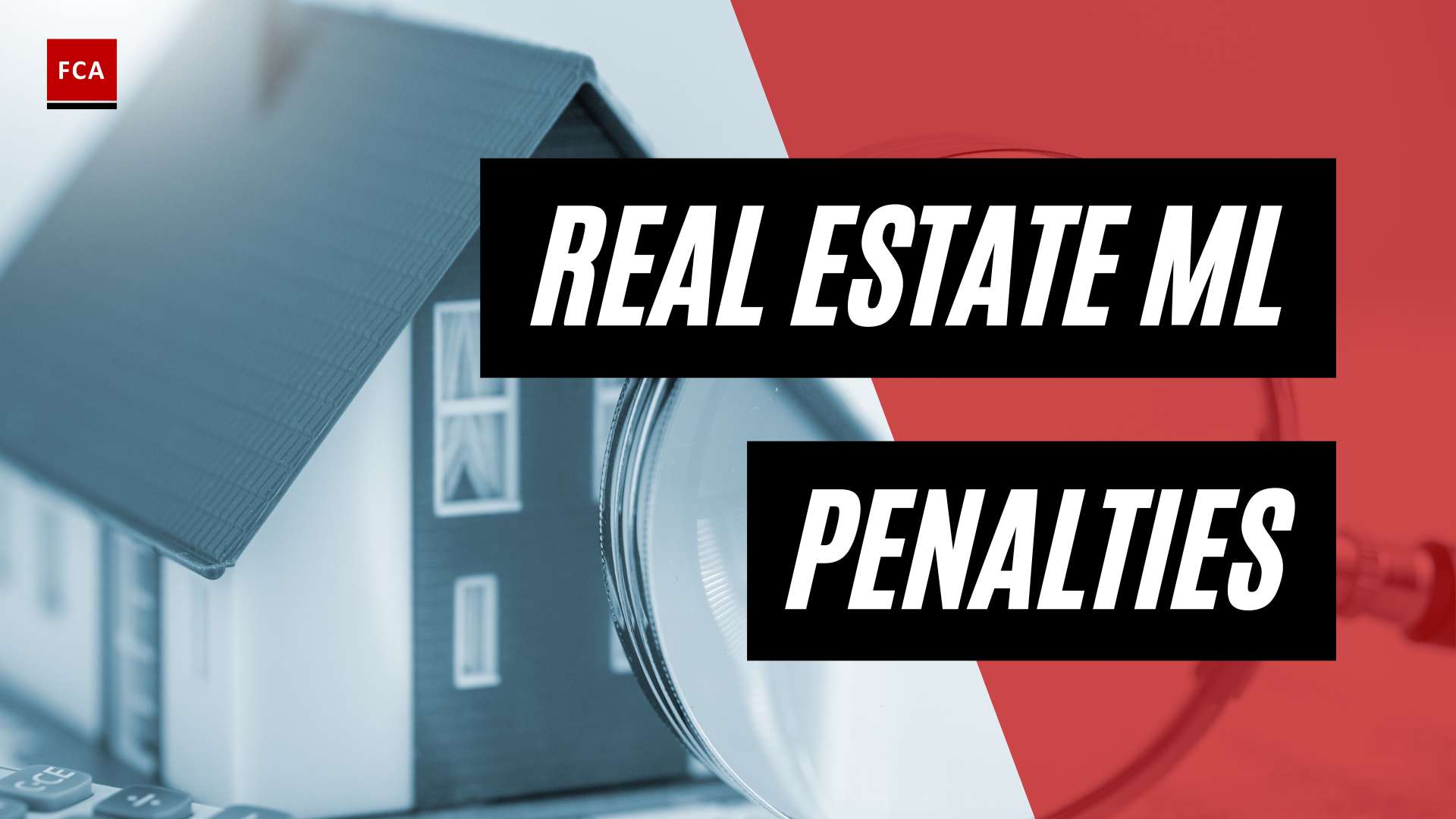The TBAML governance ensures effective measures are in place to mitigate the risks of money laundering and terrorist financing, safeguarding financial systems and maintaining compliance with regulatory frameworks.
A sound governance structure is the foundation of an effective AML/CFT program and will include the board of directors and senior management setting the tone at the top, hiring a qualified chief AML/CFT officer, and properly resourcing the three lines of defense.
In an entity, such as a bank, the Board of Directors is primarily responsible for setting a strong compliance culture and implementing the compliance program, including a trade-based anti-money laundering program.

Understanding the Roles and Responsibilities of the TBAML Governance
The “tone at the top” is a public commitment at the highest levels of the bank to comply with AML/CFT requirements as part of its core mission and recognition that this is critical to the overall risk management framework of the bank.
To ensure appropriate oversight of the compliance culture, the Board of Directors forms a Board level sub-committee, to periodically monitor the compliance practices and measures taken by the management.
The Board of Directors may delegate the responsibility to the Board Compliance Committee (BCC). The members of BCC periodically conduct compliance meetings, where significant compliance issues, breaches, and new regulatory requirements are reviewed and discussed.
The Board ensures that a strong compliance culture and control environment is maintained. The Board provides oversight and guidance to the Compliance Committee and Senior Management to implement the Compliance program and policies, approved by the Board. The management forms the set of processes, reporting lines, systems, and structures that provide the basis for carrying out regulatory requirements across the organization. The control environment relates to the commitment of management and employees to integrity and ethical values.
For internal controls to be effective, an appropriate control environment should demonstrate the following behaviors:
- The Board reviews policies and procedures periodically and ensures their compliance
- The Board determines whether there is an audit and control system in place to periodically test and monitor compliance with internal control policies/procedures and to report to the board instances of noncompliance
- The Board ensures the independence of internal and external auditors such that the internal audit directly reports to the audit committee of the board which is responsible to the Board and that the external auditor interacts with the said committee and presents a management letter to the board directly
- The Board ensures that appropriate remedial action has been taken when the instance of non-compliance is reported, and that system has been improved to avoid recurring errors/mistakes
- Management information systems provide adequate information to the board and the board can have access to records if the need arises
- The Board and Management ensure communication of compliance policies down the line within the organization
The Board forms a Board sub-committee, known as the Board Compliance Committee (BCC), to provide strong oversight to the Compliance Committee and the Management, to ensure effective and continued implementation of applicable regulatory requirements.
The BCC ensures the Board-approved Compliance Program is implemented by the Management, for effective compliance. The BCC forms a Management level Compliance Committee known as the “Central Compliance Committee (CCC)”. The CCC works on behalf of the BCC, to regularly review and provide appropriate feedback to the management and employees, regarding the overall compliance profile of the organization.
MCC comprises all the departmental heads, as members of the MCC, and they meet periodically to discuss the compliance status of their respective departments. The Chief Compliance Officer (CCO) serves as the secretary to the BCC, CCO prepares and presents the agenda of the BCC meeting, before the members of the BCC before each periodic meeting.

Final Thoughts
Establishing a sound governance structure is essential for an effective anti-money laundering and countering the financing of terrorism (AML/CFT) program. It begins with the board of directors and senior management setting the “tone at the top,” demonstrating their commitment to compliance with AML/CFT requirements. The board forms a dedicated Board Compliance Committee (BCC) to monitor compliance practices and review significant issues and new regulatory requirements. Internal controls should be in place to test and monitor compliance, ensuring the independence of auditors and taking remedial action when non-compliance is reported.
Effective communication of compliance policies throughout the organization is crucial, and a Management Compliance Committee (MCC) is established to review the compliance status of each department. The Chief Compliance Officer (CCO) plays a pivotal role in coordinating these efforts and preparing the agenda for BCC meetings. By implementing these governance measures, entities can maintain a strong compliance culture and control environment to effectively address AML/CFT risks.









